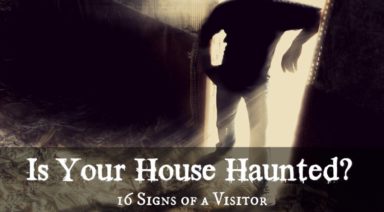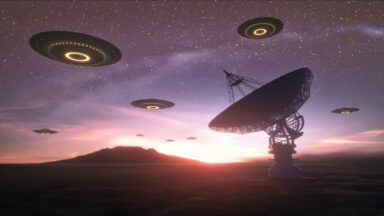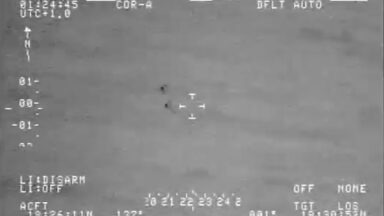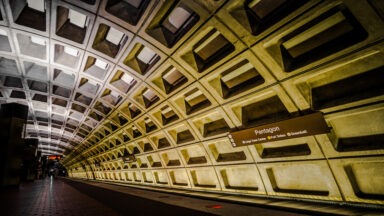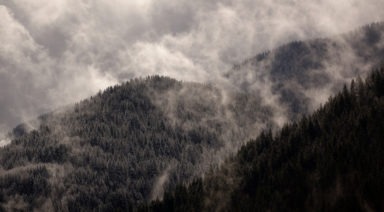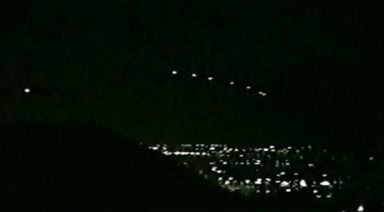15th Century Astronomers Saw Activity, Lights on Moon’s Dark Side

Fifty years ago, NASA published a catalog of lunar phenomena based on the observations of early astronomers dating back to the 15th century. Even after vetting the reports and qualifying their accuracy with secondary sources, NASA found records of bizarre sightings on the dark side of the moon, including flickering spots, bright flashes, and moving lights. What could account for these strange observations?
It’s debatable who first conceived of the telescope, though it’s widely accepted that it was first invented at the start of the 1600s. And while the first models were rudimentary, three-lens spyglasses, the technology quickly progressed over the following decades thanks to the work of Galileo and Kepler.
By adding a combination of convex lenses, the two were able to drastically increase the magnification capability of early telescopes, allowing observation of the cosmos like never before. It’s also evident from his notes that Galileo was able to view Jupiter’s moons, meaning he must have had a pretty clear view of our lunar surface.
Reading through the NASA archive, we notice odd entries in the 1600s beginning with a “bright starlike point,” recorded by several New Englanders observing the dark side of the moon.
Nearly a century later, Bianchini reports a “track of ruddy light, like a beam, crossing the middle of the obscure (shadowed) area (crater in darkness),” while observing the Plato crater in the Monte Alpes mountain range.
Another report cites “Four bright spots. Peculiar behavior of terminator” (the terminator is where the dark side of the moon meets the bright side).
Nearing the 1800s, Piazzi reports “Bright spots on dark side, seen during five different lunations.” And in 1821, Gruithuisen says he saw “brilliant flashing spots,” on the dark side.
Some explain these strange lights as the product of solar flares or coronal mass ejections, which produce sparks in the shadowy regions of the lunar surface. These sparks are said to be as impactful as a meteorite strike, allegedly creating the observed flashes.
But in the records there appear to be certain areas with recurring illuminations, particularly around the Aristarchus crater. “Blinking lights” on the dark side, a “mingling of all kinds of colors in small spots,” and a “starlike light” persist over hundreds of years, even during eclipses.
NASA makes brief mention of these dark side observations, saying they appear frequently in earlier observations, and writing them off as a lack of light gathering power from telescopes of the time.
But telescopes became more sophisticated over those centuries, especially during the 19th century when lenses were increasingly larger and more refined. By this period, astronomy was far enough advanced that dismissing these observations as primitive would be insulting.
And the strange lights observed around Aristarchus are continually observed in varying colors, even by NASA’s own observations from astronomers at the Goddard Space Flight Center. Explanations for these colored bands of light vary from high albedo – a measure of reflectivity of a surface – to a seepage of radioactive gas.
But for those wary of NASA’s endless supply of inadequate justifications, these observations add to a growing list of strange phenomena and apparent obfuscation of what may really be there. Should we continue to believe NASA’s mundane explanations?
Dyson Spheres Key to Find Alien Civilizations Higher on Kardashev Scale
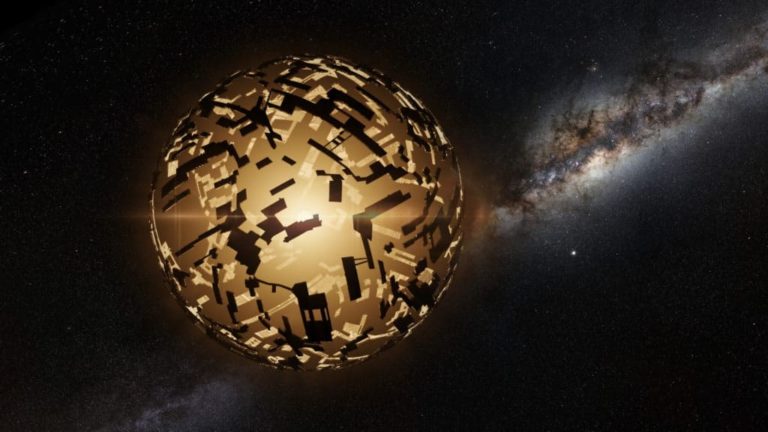
Searching for intelligent life in the universe? Then look for their energy source. An update on the hunt for Dyson Spheres.
In June of 1960, astrophysicist Freeman Dyson published his paper Search for Artificial Stellar Sources of Infrared Radiation in the journal Science. In it he argued a way to detect intelligent life in the universe by finding their energy signature that would be created by, he presumed a highly advanced technology.
He wrote, “If extraterrestrial intelligent beings exist and have reached a high level of technical development, one byproduct of their energy metabolism is likely to be the large-scale conversion of starlight into far-infrared radiation.”
Dyson, who died one year ago this month at age 96, believed that an advanced technology would harness solar power from a star with an array of solar panels. He explained in a 2003 interview that he once described it as a biosphere, but since then this theory has been known as a Dyson Sphere.
Dr. Seth Shostak Sr. Astronomer at the SETI Institute explains, “If you’re looking for E.T., if you’re looking for intelligence elsewhere in the universe, you’ve got to figure there are societies out there that are way more advanced than we are, you know the universe has been around for a long time. And they may have constructed something like a Dyson Sphere, or more accurately a Dyson Swarm, or something we can see. And there have actually been searches for alien Dyson Spheres.”






